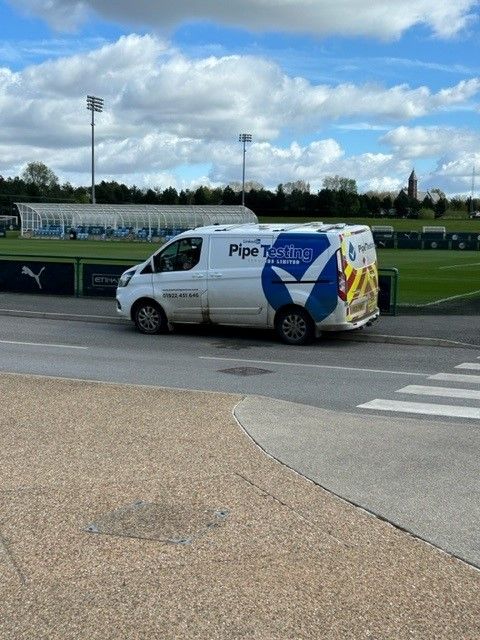Pipe Fusion vs. Traditional Joining Methods for Preventing Leaks
When designing and maintaining water, gas, or industrial pipework systems, the method used to join pipes is a critical decision that directly impacts long-term reliability. Leaks often occur at the joints, making the choice between modern pipe fusion and traditional joining methods essential for system integrity. At Pipe Testing Services (PTS), our experience shows that for creating permanent, leak-proof connections, pipe fusion is the superior choice.
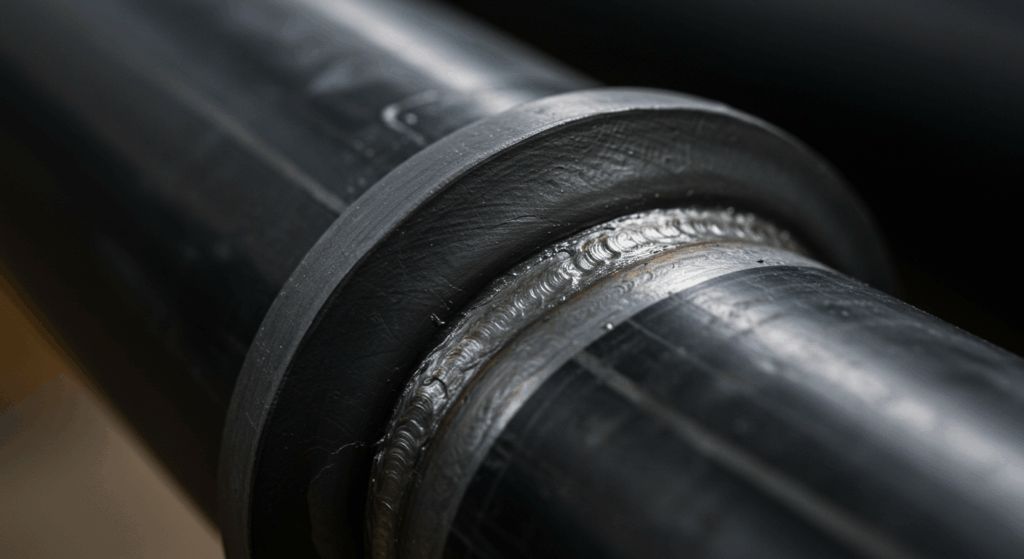
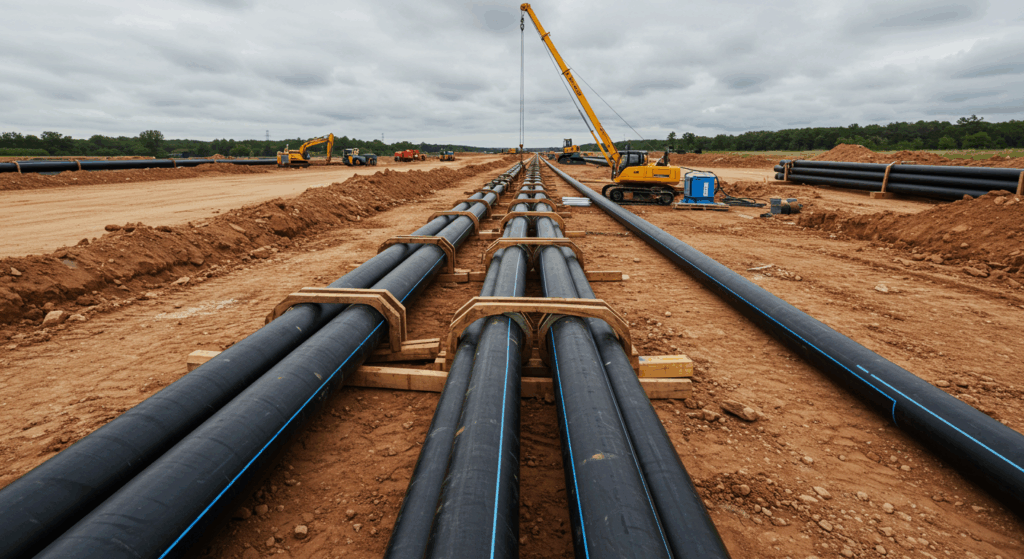
Understanding the Joining Methods
What is Pipe Fusion?
Pipe fusion (including butt fusion and electrofusion) is a process that uses heat to melt the surfaces of polyethylene (PE) pipes and fittings. The molten materials are then pressed together, fusing at a molecular level to create a single, continuous, monolithic pipeline. The joint becomes as strong as the pipe itself, with no weak points. For a detailed overview, see our main Pipe Fusion Welding Services page.
What Are Traditional Pipe Joining Methods?
Traditional methods rely on mechanical force or chemical bonding rather than fusion. The most common types include:
- Mechanical Couplings: These use bolts, clamps, and rubber gaskets to create a seal between two pipe ends.
- Solvent Welding: A chemical solvent is used to soften the surfaces of certain plastic pipes (like PVC), which then bond as the solvent evaporates.
- Threaded Connections: Male and female threads on pipes and fittings are screwed together, often with sealing tape, to form a joint.
The Direct Comparison: Pipe Fusion vs. Traditional Joints
To understand the best choice for preventing leaks, here is a direct comparison of the methods across key performance criteria.
Mechanical Couplings
Pros: Quick to install and can be disassembled if required.
Cons: The reliance on gaskets creates a point of potential failure. Gaskets can degrade over time, leading to leaks. They offer less resistance to ground movement and require periodic maintenance.
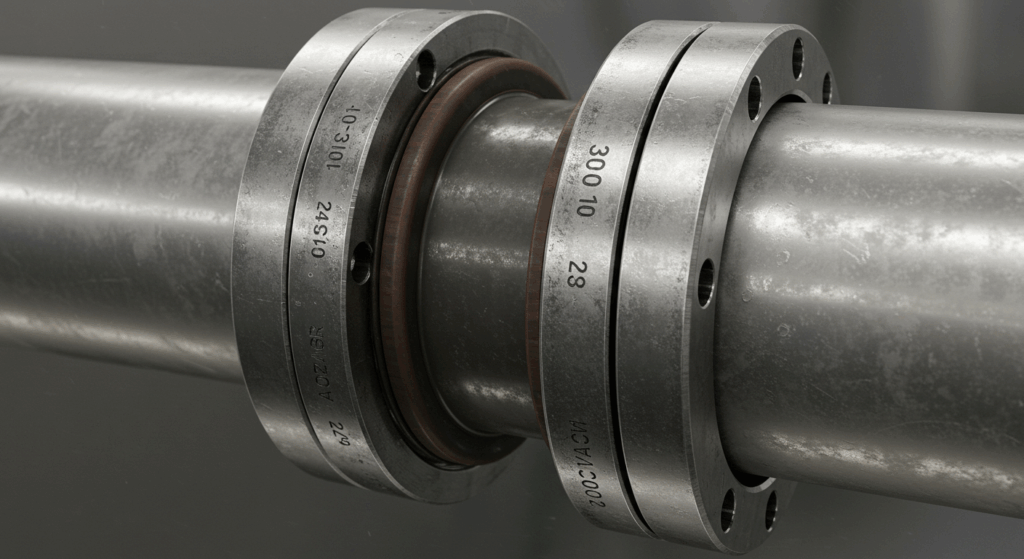
Solvent Welding
Pros: Relatively quick and suitable for certain types of plastic pipes like PVC.
Cons: The joint can be weakened by improper application of the solvent. It is also susceptible to chemical degradation over time, which can compromise its integrity and lead to leaks.
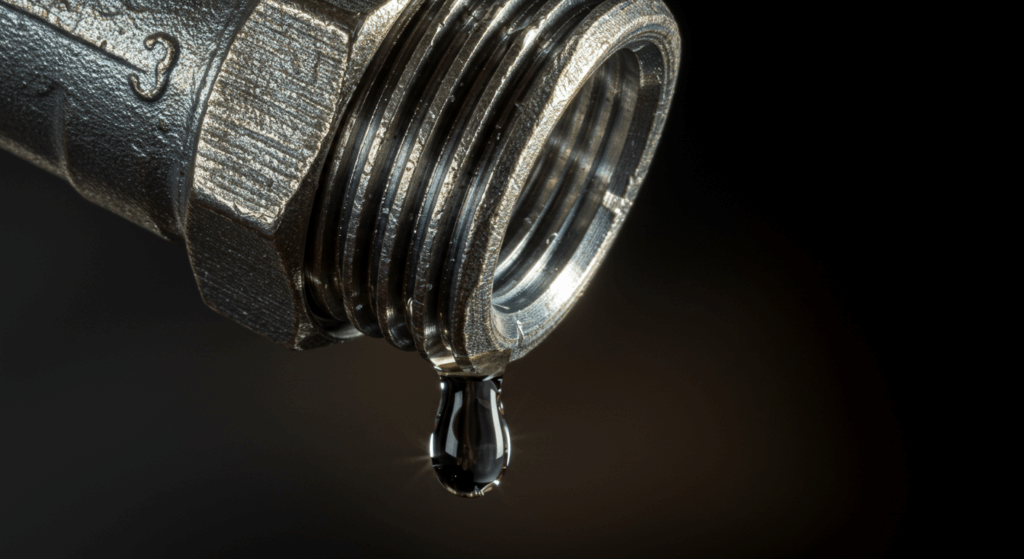
Threaded Connections
Pros: Easy to assemble and disassemble for certain applications.
Cons: Prone to leaking if not perfectly sealed. Threads can loosen over time due to vibration or pressure changes, and the joint has limited pressure resistance compared to a welded joint.
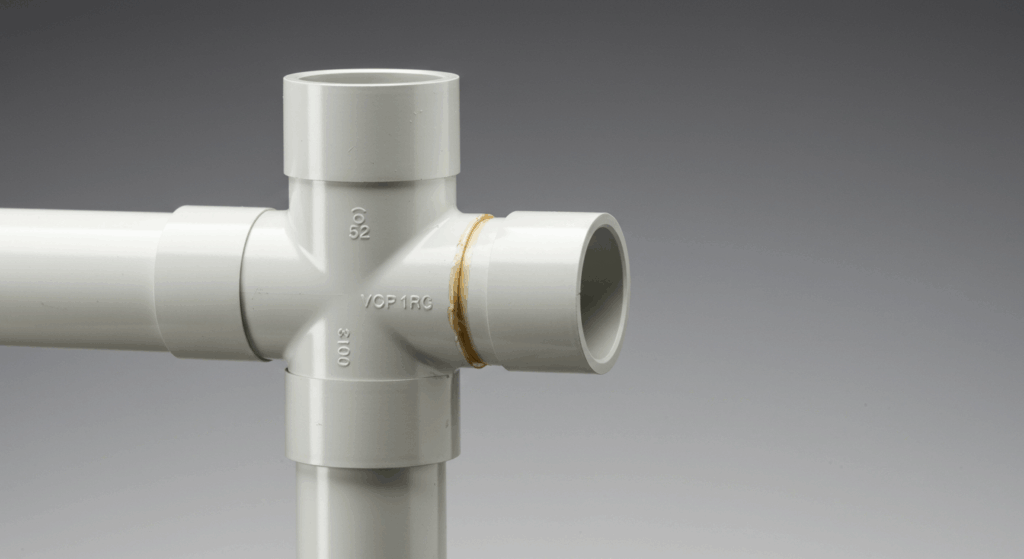
At a Glance: Key Differences for Leak Prevention
| Feature | Pipe Fusion (Butt & Electrofusion) | Traditional Methods (Mechanical, Threaded) |
| Joint Type | Monolithic, homogenous, and continuous | Mechanical or bonded with seals/threads |
| Leak-Proof Integrity | Permanent and leak-proof for the life of the pipe | Potential for leaks at gaskets and threads |
| Long-Term Durability | As durable and resistant as the pipe itself | Seals can degrade; joints can loosen over time |
| Maintenance Required | Virtually none for the joint itself | Periodic inspection and potential tightening/replacement |
| Ground Movement Resistance | Excellent; flexes with the pipe as one unit | Poor; ground shifts can compromise the seals |
The Verdict: Why Pipe Fusion is Superior for Preventing Leaks
When the primary goal is to create a secure, permanent, and leak-free pipeline, pipe fusion outperforms traditional methods in several key areas:
- Eliminates Weak Points: By creating a continuous pipeline, fusion welding removes the gaskets, bolts, and threads that are the most common sources of leaks in traditional systems.
- Maintains Integrity: The fused joint maintains its strength and integrity over decades, even when subjected to high pressure, ground movement, and temperature fluctuations.
- Reduced Maintenance: A system joined by pipe fusion requires significantly less maintenance over its lifespan, leading to lower long-term costs.
Proof in Practice: Electrofusion for a Leak-Proof Rising Main
Our expertise in creating leak-proof systems was demonstrated on a critical project to install a rising main and connect it to a pumping station. The challenge was to create a secure joint capable of handling high pressure without fail. Our team utilised specialised electrofusion welding to deliver a seamless, robust connection. The resulting monolithic joint ensured the complete integrity of this critical water infrastructure, eliminating the risk of future leaks.
Take a look at the full case study here
Choose PTS for Expert Leak-Free Pipe Connections
Don’t let leaks drain your resources. Choose the superior joining method for long-term peace of mind. Our experts at Pipe Testing Services specialise in professional pipe fusion services that deliver guaranteed leak-free connections for your next project. Contact us today for a consultation to discuss your project requirements.
- Phone – 01922 451646
- Email – enquiries@pipetestingservices.co.uk
- Address – Unit 27 Birchbrook Industrial Estate, Shenstone, Lichfield, Staffs, WS14 0DJ

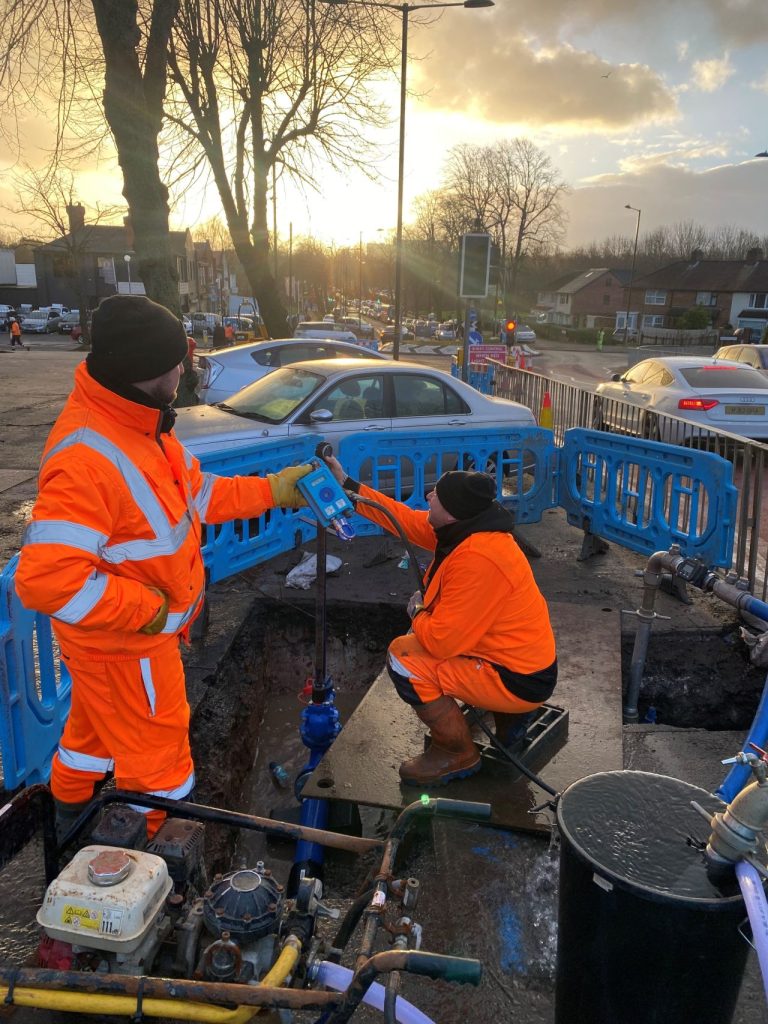
Pipe Joining FAQs
When might a traditional joint still be used?
Mechanical joints may be used for temporary connections, for joining pipes of different materials (e.g., PE to ductile iron), or where the system needs to be disassembled for future maintenance.
How does pipe fusion reduce long-term maintenance costs?
By creating permanent, leak-proof joints that do not require periodic inspection, tightening, or gasket replacement, pipe fusion drastically reduces the labour and material costs associated with maintaining a pipeline over its lifetime.
Are fused pipe joints suitable for drinking water systems?
Yes, absolutely. The process uses no gaskets, glues, or foreign materials, creating a clean, seamless interior that is ideal for potable water systems.
How does pipe fusion compare to traditional methods in terms of cost-effectiveness?
While initial costs may be higher, pipe fusion often proves more cost-effective in the long run due to reduced maintenance and leak-related expenses.
Is it possible to repair fused pipes if damage occurs?
Yes, damaged sections can be cut out and replaced using electrofusion fittings or additional butt fusion joints.
Why is proper training essential for performing pipe fusion?
Proper training and certification ensure high-quality, leak-free fusion joints, which are crucial for system integrity and longevity.
How does pipe fusion contribute to water conservation efforts in the UK?
By creating leak-resistant pipe systems, fusion welding helps reduce water loss in distribution networks, supporting conservation initiatives.
What industries benefit most from pipe fusion technology?
Pipe fusion is particularly beneficial for water utilities, gas companies, industrial facilities, and large-scale construction projects where leak prevention is critical.

